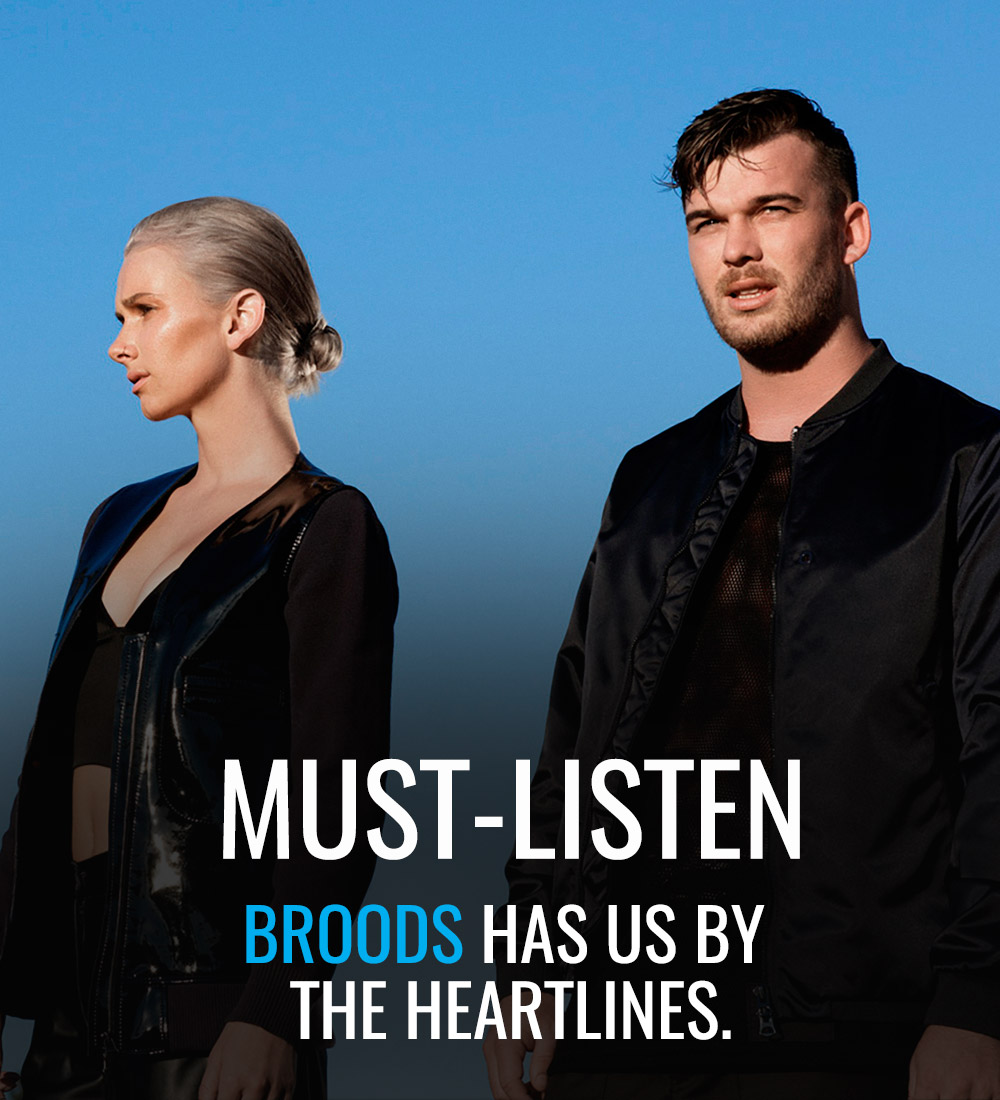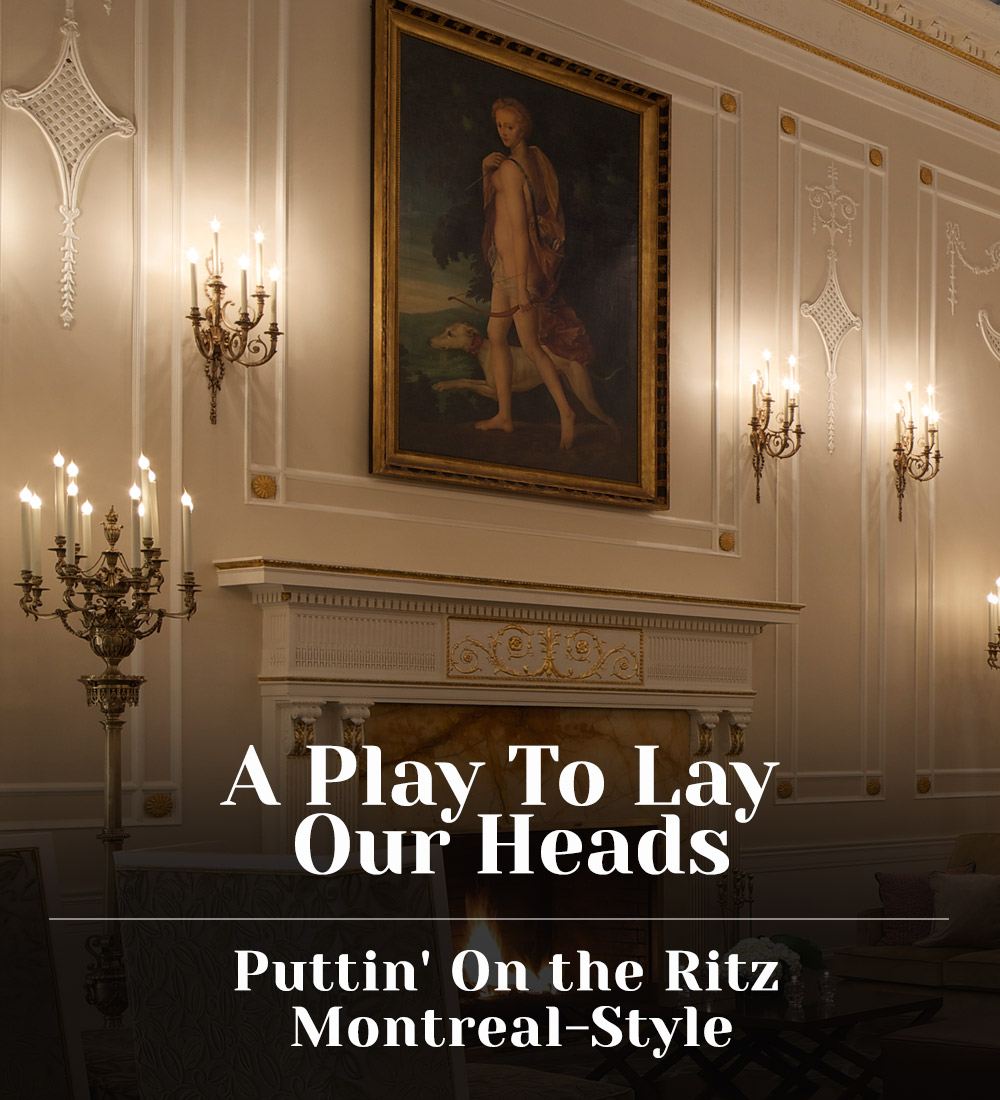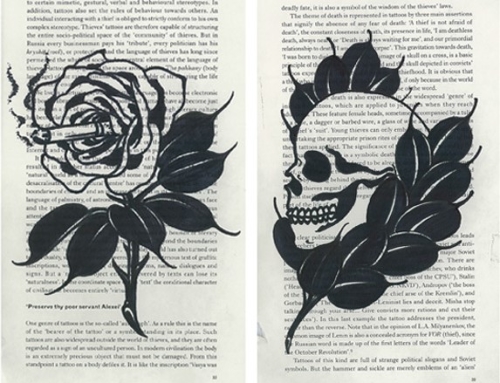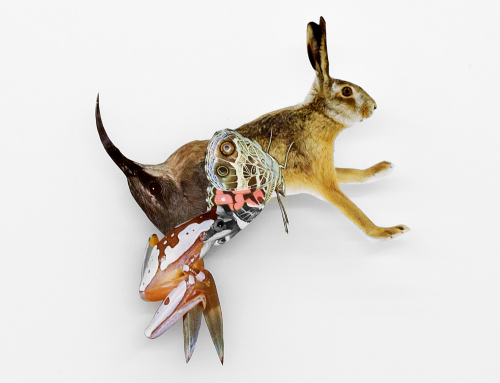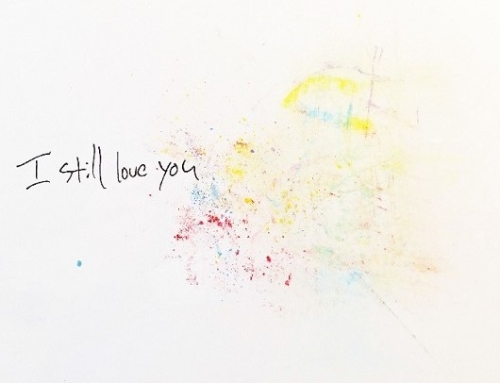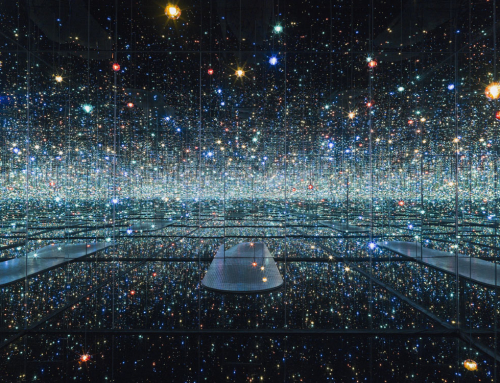Wonderland Wanderings: Samantha Sweeting
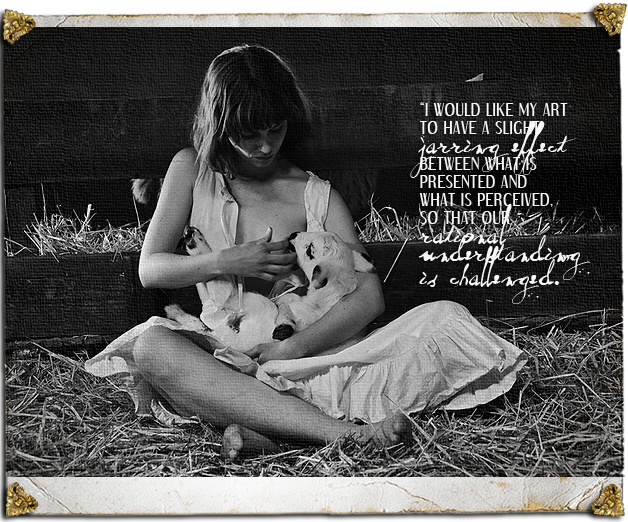
Alice’s Adventures in Wonderland has never been out of print; what is it about Lewis Carroll’s original story that allows it to remain so widely popular and able to survive generation after generation?
For a start, Carroll chose to make his central protagonist a girl, which was a novel decision for its time and which continues to be part of the story’s allure for different reasons. His tale also deals with essential themes of sanity and society, without the constraints of a moral agenda underpinning it. In both subtle and surreal ways, the Alice books question our perceived notions of reality and permit us to embrace a child-like freedom of imagination and behaviour.
What narrative themes did you draw upon from the classic story when referencing it in your own work?
My reference to the Alice novels was only rationalised after I had made the video. The work largely came about by chance: I had picked up the dead rabbit off the road and carried it to a forest to give it a burial. Then I started playing with it and became mesmerised by the running movement that its lifeless muscles allowed me to make. Of course, the symbol of the rabbit is inextricably bound with the Alice books. Like the White Rabbit who is plagued by time and mortality, my rabbit is caught in a perpetual loop of motion; his time has run out yet he must keep running in denial of his death.
There have been many variations or movements in the telling of Alice’s Adventures in Wonderland throughout the years. This cultural phenomenon is apparent in the different pieces in the show spread across all artistic mediums. How does a modern piece of artwork such as yours re-contextualize and modernize the original story, and does this challenge the audience’s perspective of the familiar narrative?
My piece is a 2-minute looped video displayed on a television monitor on the floor. Although it explores notions of time and death, I have presented it in a way that is playful and accessible. The audience can imagine carrying out the same action. We are also primed to watch television screens. I hear that my video has been a popular favourite for children visiting the show, many of whom I would imagine have come to Alice in Wonderland via Disney and Tim Burton.
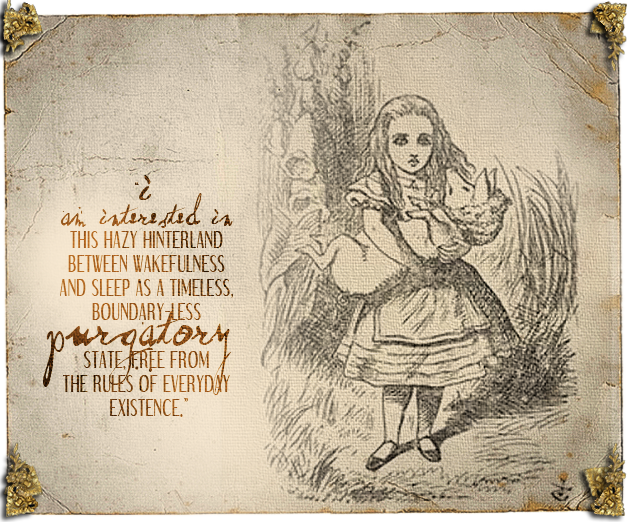
The phrase “down the rabbit hole” — a metaphor for adventure into the unknown — had become a colloquial term in modern day language often associated with a psychedelic experience. What does the “rabbit hole” represent in your own head?
My work is concerned with process and the entry into emotional and physiological states, particularly those brought about by falling – into love, into sleep, away from Grace. Alice falls twice: first asleep, then closely followed by her tumble down the rabbit hole. I am interested in this hazy hinterland between wakefulness and sleep as a timeless, boundary-less purgatory state, free from the rules of everyday existence. Narcoleptics are unable to control their sleeping-waking cycles and can find it difficult to differentiate their hypnagogic hallucinations from reality, which is fascinating to me.
Alice’s Adventures in Wonderland is a coming-of-age story; a document of the journey from childhood to adulthood. Are there elements of your own coming-of-age intertwined with your reinterpretation of Carroll’s narrative?
The animal is used as a transitional object. On the one hand, I am bringing my rabbit to life through naïve puppetry and imagination, in the same way that I may have done with my toys as a child. On the other, my interaction with the inanimate body allows me to understand death. I am playing with it; I am feeling its weight and stiffness; I am stuck in its unblinking stare. I make the rabbit run and I record it doing so because I don’t want it to leave me. I remember when I was a child, holding my cat’s skeletal body in the final hours before he slipped into death.
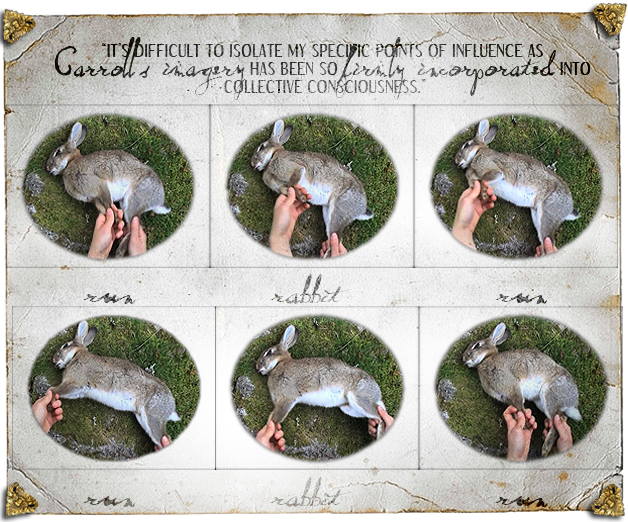
How do the surreal or nonsensical aspects of Carroll’s story play out in your art, including themes such as scale/perspective, language and socio-cultural tradition?
I would like my art to have a slight jarring effect between what is presented and what is perceived, so that our rational understanding is challenged. In “Run, Rabbit, Run” it is clear that the animal is dead, yet the movement I inflict upon his carcass makes us see him as living. Another of my works, In “Came the Lamb,” depicts a girl-woman suckling a lamb. Like the image that Carroll creates of Alice cradling a piglet, the baby has been swapped for an animal, quietly disrupting the classic icon of Madonna and Child. I am exploiting the established tradition of religious devotional art and have added an incongruous element.
Alice’s Adventures in Wonderland has multiple levels of meaning to its readers: to a young child it reads like a fantasy, while to an older reader there are lessons layered through the text. When did you first read Alice’s Adventures in Wonderland and what did it mean to you?
I have no memory of first reading the text as this revelatory moment was diffused by the proliferation of Alice imagery and interpretation that is so firmly embedded in popular culture and language: as a child, I grew up eating off Alice in Wonderland plates; I had a Queen of Hearts birthday party; I watched Disney. These secondary representations became my first encounters with the text. As a teenager, however, I have a clear recollection of watching Jan Svankmajer’s Alice and was struck by his use of sound, objects and animals. Viewing it again a few years ago, I was astounded by the strong unconscious way that it has influenced my aesthetic. As I write this, I am sitting in a room full of glass bottles, metal scissors, rusty keys, a taxidermy hare, my childhood doll’s house, a wild boar skull and a porcelain facsimile of Svankmajer’s Alice doll. Like my dead rabbit, Svankmajer’s White Rabbit begins as taxidermy and is animated into life through simple stop-motion puppetry.
Who is your favourite character in the story and why?
I like the Cheshire Cat. He is one of the only characters that is detached from the neurotic rules and rituals of Wonderland. He is out of the system — a whimsical observer playing his own game, free from responsibility and consequence. He appears and disappears as he pleases, leaving nothing but his smile when confronted with his death sentence.
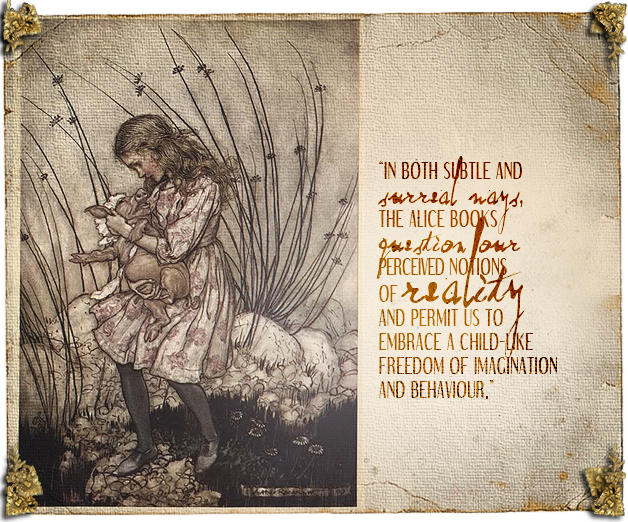
The story is a very visual one. It’s apparent Lewis Carroll found it important to incorporate images in with his text. How does the author’s pictorial imaginings effect the audience’s interpretation of the story? What about it influenced your own work?
The Alice books were art objects in their own right; Carroll made detailed decisions not only about the illustrations — both his own and those of John Tenniel that he directed — but also the binding, paper, typography and front cover. Text and image are intertwined on the page and our imaginations are taken by the hand and guided through Wonderland. It’s difficult to isolate my specific points of influence as Carroll’s imagery has been so firmly incorporated into collective consciousness. I have a postcard of “Kiki Smith’s Pool of Tears 2” (after Lewis Carroll) on my wall and Arthur Rackham’s “Alice Holding Pig” on my desktop. I grew up surrounded by animals, so the interspecies dialogues and the anthropomorphism exhibited in Wonderland are of significant interest and can be traced in my work.
A common theme demonstrated through art and adaptations of Carroll’s narrative is the sexuality of a young Alice. Why do you think this is so popular a theme and does your work also touch upon this subject?
This is partly due to Carroll’s relationship with his real child friend and muse, Alice Liddell, whom he photographed relentlessly in all manner of un/dress and poses. The resulting images of her pre-pubescent body move from naïve innocence to confrontation and provocation. Due to controversy at the time, Carroll ended up destroying all but three photographs that depicted Alice naked and his relationship with the Liddell family was despairingly brought to a close. I think my black and white photograph with the lamb touches on a similar kind of virginal sexuality, although it is played out on my adult body under my own direction.






